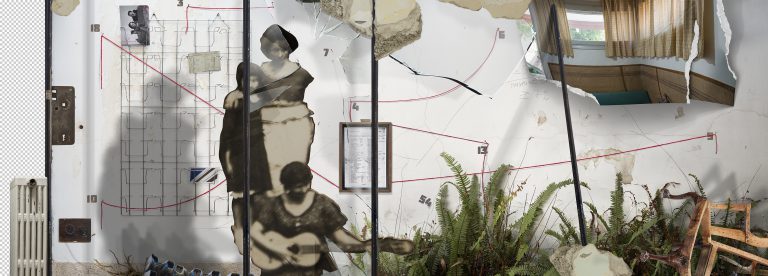
Sunday
Monday
Tue – Thu
Friday
Saturday
Closed
By appointment only
11:00 – 18:00
11:00 – 14:00
11:00 – 14:00
Design by The-Studio
Code By Haker Design
Sunday
Monday
Tue – Thu
Friday
Saturday
Closed
By appointment only
11:00 – 16:00
11:00 – 14:00
Closed